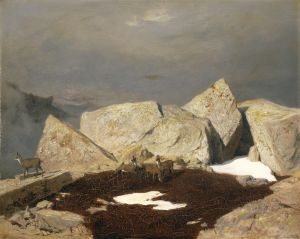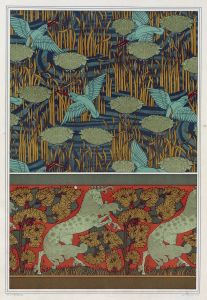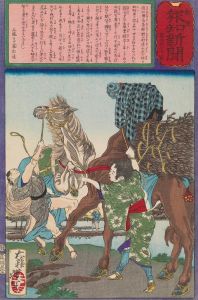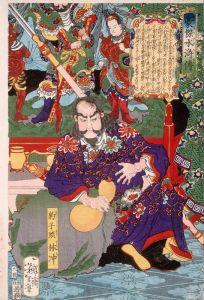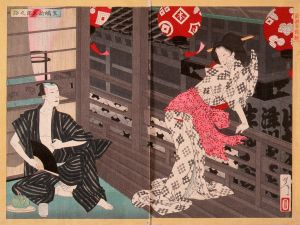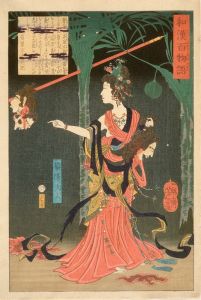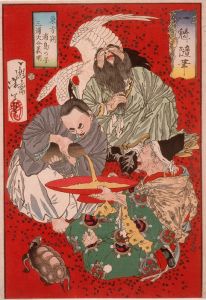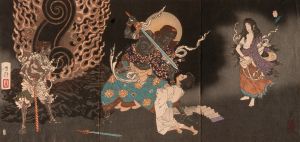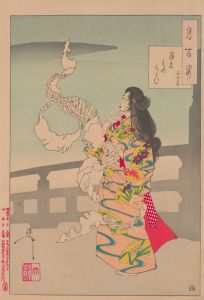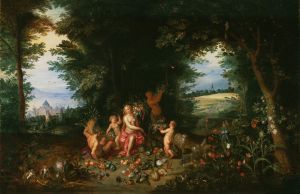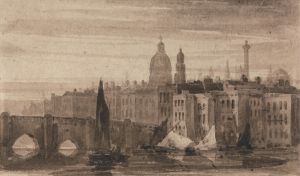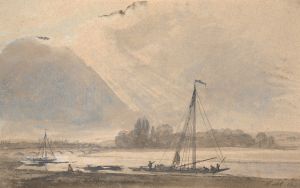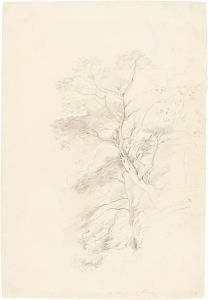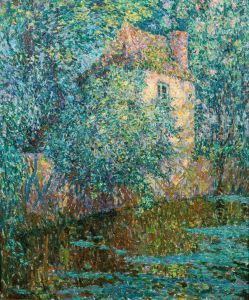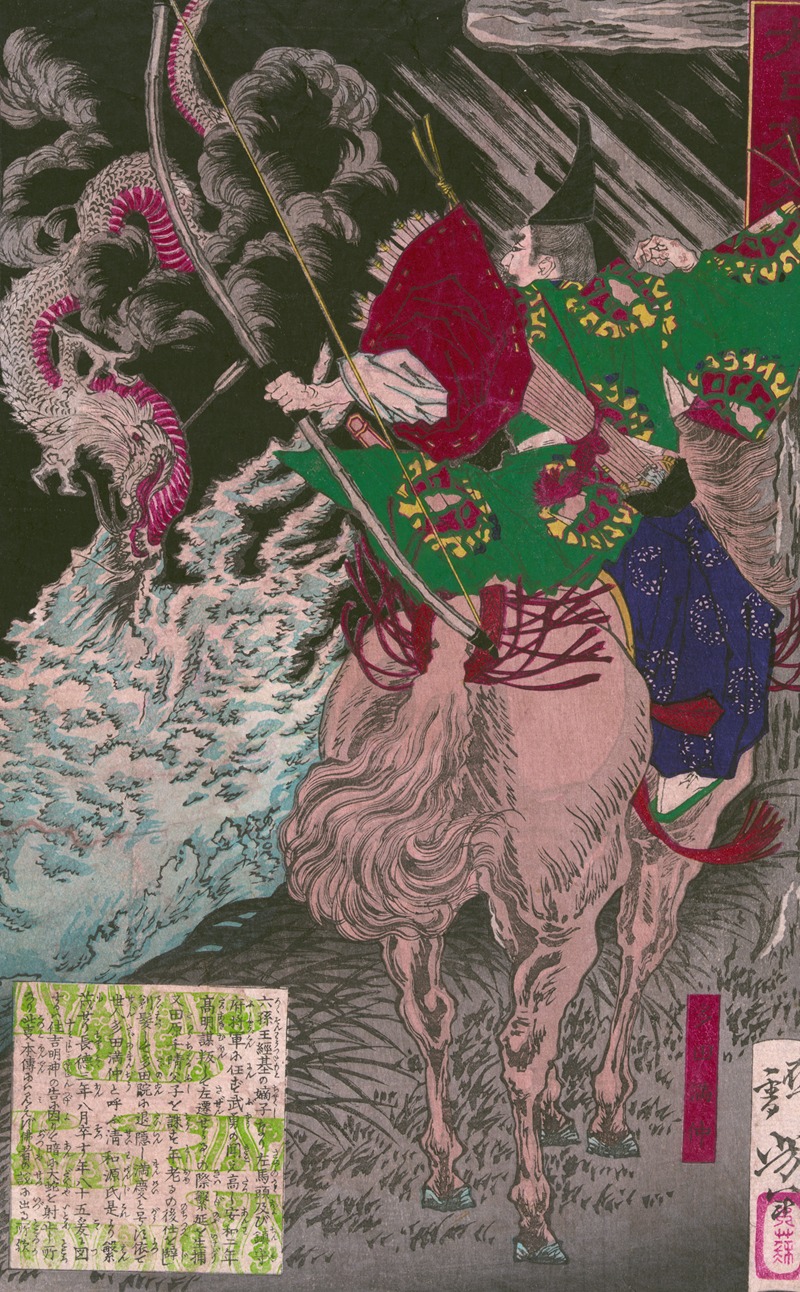
Tada no manchū
A hand-painted replica of Tsukioka Yoshitoshi’s masterpiece Tada no manchū, meticulously crafted by professional artists to capture the true essence of the original. Each piece is created with museum-quality canvas and rare mineral pigments, carefully painted by experienced artists with delicate brushstrokes and rich, layered colors to perfectly recreate the texture of the original artwork. Unlike machine-printed reproductions, this hand-painted version brings the painting to life, infused with the artist’s emotions and skill in every stroke. Whether for personal collection or home decoration, it instantly elevates the artistic atmosphere of any space.
Tsukioka Yoshitoshi was a renowned Japanese artist and printmaker, known for his work in the ukiyo-e genre during the late Edo and early Meiji periods. His art is celebrated for its dramatic intensity, innovative compositions, and the way it captured the cultural and social changes of his time. One of his notable works is "Tada no Manchū," which is part of his larger series of prints.
"Tada no Manchū" is a woodblock print that exemplifies Yoshitoshi's unique style and thematic interests. Yoshitoshi often drew inspiration from historical events, folklore, and classical literature, infusing them with his own artistic flair. His works frequently explored themes of heroism, beauty, and the supernatural, often with a focus on the human condition and the complexities of life.
The print "Tada no Manchū" is part of Yoshitoshi's series "New Forms of Thirty-Six Ghosts" (Shinkei Sanjūrokkaisen), which was published between 1889 and 1892. This series is one of Yoshitoshi's most famous and is considered a masterpiece of his later career. It features a collection of ghost stories and supernatural tales, each depicted with Yoshitoshi's characteristic attention to detail and emotional depth.
In "Tada no Manchū," Yoshitoshi portrays a scene involving a ghostly or supernatural figure, consistent with the themes of the series. The print is notable for its use of color, composition, and the way it captures a sense of mystery and otherworldliness. Yoshitoshi's skillful use of line and shading creates a dynamic and engaging image that draws the viewer into the scene.
Yoshitoshi's work, including "Tada no Manchū," reflects the transition from traditional Japanese art to more modern influences, as Japan was opening up to the West during the Meiji period. His prints often incorporate elements of Western art, such as perspective and shading techniques, while maintaining the distinct characteristics of ukiyo-e.
Throughout his career, Yoshitoshi faced personal and professional challenges, including financial difficulties and mental health issues. Despite these struggles, he remained dedicated to his art, and his later works, including "Tada no Manchū," are considered some of his finest. They demonstrate his resilience and his ability to adapt and innovate within the changing landscape of Japanese art.
Yoshitoshi's influence extends beyond his lifetime, as his prints have continued to be appreciated for their artistic merit and historical significance. "Tada no Manchū" and other works from the "New Forms of Thirty-Six Ghosts" series are studied for their contribution to the ukiyo-e tradition and their reflection of the cultural shifts occurring in Japan during the late 19th century.
In summary, "Tada no Manchū" by Tsukioka Yoshitoshi is a significant work within the context of Japanese art history. It showcases Yoshitoshi's mastery of the ukiyo-e style, his innovative approach to storytelling through art, and his ability to capture the essence of a rapidly changing society.





